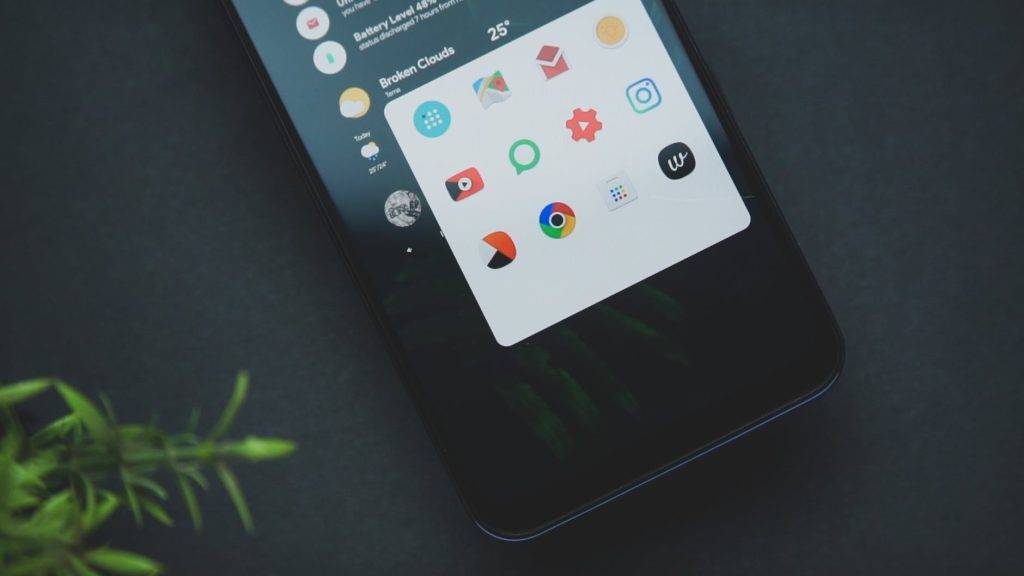UI tools for design have advanced since the initial version of Adobe Photoshop, a program meant to edit images and not for creating interactive user interfaces. The newer technology, like Adobe XD, Figma as well as Sketch has made our work easier and more efficient.
But inefficiencies in our everyday routines are abounding and we’re wasting time and money when we could be creating products that people would like to utilize. Design programs that are currently available are far superior to the ones we used to start with but they don’t make the most of current technological advances and hinder us from achieving our full potential as designers of interfaces.
It’s time to introduce a new version of UI tools.
Integration of Design and Code
Future tools for user interfaces are expected to bring code and design together to offer users with a seamless experience for both developers and designers. Our current tools don’t help us develop web-based user interfaces; they’re helping us create abstractions of web-based UIs. The mock-ups created in Figma or Sketch remain not separated from the source code.
Nowadays, a lot of designers are familiar with the fundamentals of HTML as well as CSS. Some designers are able to design in code, but this isn’t efficient for large-scale projects Designers need to be able to examine a proof of idea quickly before they commit to it.
Software developers use Visual Studio Code, a software that integrates programming and code editing. It allows engineers to create as well as test and debug code within the same platform. Designers also require an environment for visual development that gives all the design tools, yet creates code that is ready for production.
Here’s what the future has in store.
Parallel Creation will replace the Designer/Developer Handoffs
There’s a lot of switching between developers and designers particularly when it comes to handoffs. In certain cases the handoff process can be so lengthy or exhausting, that the work quality is affected. With new design tools interfacing with the source code, developers won’t be the only ones responsible for creating UIs. Instead, they’ll be able to focus on creating the conceptual architecture that connects a software’s user interface with its backend and ensures it functions correctly.
Designers will design the foundations for UIs using the code baked into them to the product, and developers can use this code to bring life to products. Designers will no longer have to pester developers with requests such as “Please include 16 pixels in padding, instead of 8 pixels as illustrated in this mockup.” Developers will no longer need to wait to ask questions about design, such as “How do I make this component scale between desktop and tablet breaks?”
Instead, developers and designers work together on bigger questions like whether a particular design strategy is feasible in the context of budget and time or whether all UI components’ state has been taken care of.
Designs UI Tools and Developer Software will align
Modern tools rely on custom programming models to create design elements. They aren’t always enough as strong as CSS and don’t permit designers to look at the code generated by the software that powers the design files. The code has to eventually be converted to HTML, CSS, or JavaScript. This would make it much more straightforward for us to make our tools use HTML as well as CSS natively.
For example, CSS uses the box model that calls for positioning all HTML elements on every page inside a box that is coded to determine its width, height borders, border and padding. Figma offers this feature by using the automatic layout feature. However, should Figma utilise the box model, which currently powers the majority of web UIs developers would have less translation and export?
Similar to the style inheritance that controls what happens when there is no style applied to a specific element–similar to the default. CSS utilizes it, however many design tools, that weren’t designed specifically for web users don’t.
We require our tools to produce web-based views and not static mock-ups or artboards. We don’t require HTML or CSS simulators. We require CSS and HTML.
The next generation of design tools will connect directly with the source code eliminating the need for throwaway deliverables and allowing developers and designers to work together on the same delivery item which is The source code.
Mock-ups Are Going to Become Distinct
Instead of throwing away mock-ups Let’s just make mock-ups available for sale. Mock-ups leave too many questions unanswered. It’s impossible to create a mock-up for every environment. Designers today design layouts with screen widths of 320 pixels 834 px, 320 px, and 1440 pixels; but what happens when a part of the layout fails in a viewport that is 1220 pixels? What’s the reason to optimize for 375 px, which is a typical size used for larger phones of today?
Making an artboard for each scenario isn’t feasible, especially when you consider all breakpoints and perspectives, not to include dark themes. The design process for all these factors increases the number of artboards that you can point to.
Mock-ups also consume a lot of time and money. They take a long time to create and have become less prevalent in design for digital products. Webflow has eliminated mock-ups and encourages interactive, responsive prototypes. (Unfortunately, Webflow is restricted to web-based applications and caters to websites that are simple). Even though throwaway deliverables could be useful during brainstorming but they’re not worth the time during the design phase.
Every System States Will Be Accounted for
Every digital product has states which correspond to the state they’re in at the time, such as slow loading, or showing errors.
Every state should be considered However, the currently UI software leaves this job to the designers, requiring them to develop multiple versions of the same component. The tools for development like React as well as Vue.js allow developers to effortlessly modify any possible state of the component. Design tools should follow suit and encourage designers, nagging them even, to make sure that the states of a component are designed to accommodate all possible states of a component.
Storybook.js acts as an encyclopedia for the repository’s UI components. The controls are modified to show the component in all its possible states. Design tools should be able to move in this direction instead of functioning as isolated silos that are not connected to the codebase of a product.
Real Data will replace Content that was previously placed in a place
As designers design components that are able to be used in many states as well, they design to accommodate a range of information. UI designers must be in a position to test their designs using the actual inputs–the pictures, copies dates, names titles, and so on–that will eventually fill the components of their designs. Designers can currently replicate data manually by cutting and pasting it into artboards. This is a very difficult task. The internet has plugins to help automate the process, but they’re a hassle.
The idea of asking developers to look at the way that components manage data isn’t the solution nor is a solution. Once components are subjected and tested, they’re too costly to change. If designers aren’t able to test and refine components using real data, how do they determine if cards work with a long or short title — or even a title even? What can they do to determine that the font isn’t compatible with Arabic characters, or that a website isn’t compatible with languages that read from left to right?
Edge-case Testing Will Become Easier
When UI tools can finally accommodate all states and allow the testing of data in real-time the designers are able better anticipate edge situations. After a component has been created the designers will then stress the various states of the component and blast it with various information to determine what it does in various situations. In this manner the UI becomes the domain of the designer, allowing developers to focus on other tasks like fixing JavaScript or testing APIs.
Does your UI component respond to the changing language? One way to know is to test it using different information.
A World of Developer Tools and Third-party Browser Extensions for Third-Party Browsers Will Unlock
When our work is based on HTML and CSS there will be a variety that includes extensions will be available in the designing phase, including the essential Lighthouse for SEO, performance audits and accessibility as well as the numerous browser-based developer tools which simulate breakpoints on devices and slow speed networks. The tools available in browsers are superior for developing and testing UIs that are ready for production than any plugin for Figma, Sketch, or Adobe XD.
Developers and Designers Work in parallel
I would liken the current situation that product creation is like a kitchen where one chef tries to prepare a dish by telling a different cook what to prepare. This might be effective, but it will take a lot longer and make the process less efficient. There are several companies that are developing software for designing with code. Hadron, Modulz as well as Relate have beta versions of their products. The widespread adoption of these tools will be an era of a new era in the creation of digital products.
This will also mark an abrupt shift in the developer-designer relationship. Since both sides work together, the product teams will be exponentially more productive. Developers will have the freedom to explore the complicated design of UI architecture, instead of spending time delving into mock-ups or being distracted by designers asking for them to push pixels towards the perfect level. Designers will also be more useful to their companies and teams when they are co-creators of digital products that are successful.


